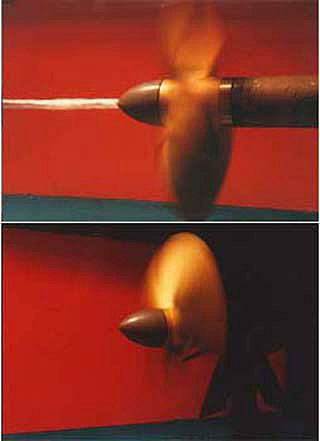Course Description
This course develops the theory and design of hydrofoil sections, including lifting and thickness problems for sub-cavitating sections, unsteady flow problems, and computer-aided design of low drag cavitation-free sections. It also covers lifting line and lifting surface theory with applications to hydrofoil craft, …
This course develops the theory and design of hydrofoil sections, including lifting and thickness problems for sub-cavitating sections, unsteady flow problems, and computer-aided design of low drag cavitation-free sections. It also covers lifting line and lifting surface theory with applications to hydrofoil craft, rudder, control surface, propeller and wind turbine rotor design. Other topics include computer-aided design of wake adapted propellers; steady and unsteady propeller thrust and torque; performance analysis and design of wind turbine rotors in steady and stochastic wind; and numerical principles of vortex lattice and lifting surface panel methods. Projects illustrate the development of computational methods for lifting, propeller and wind turbine flows, and use of state-of-the-art simulation methods for lifting, propulsion and wind turbine applications.
Course Info
Learning Resource Types
grading
Exams
assignment
Programming Assignments
assignment
Problem Sets
Problem Set Solutions

Top: A propeller operating alone produces a substantial cavitating hub vortex. Bottom: The addition of a pre-swirl stator cancels out the propeller vortex. (Photos courtesy of Justin E. Kerwin. Used with permission.)










